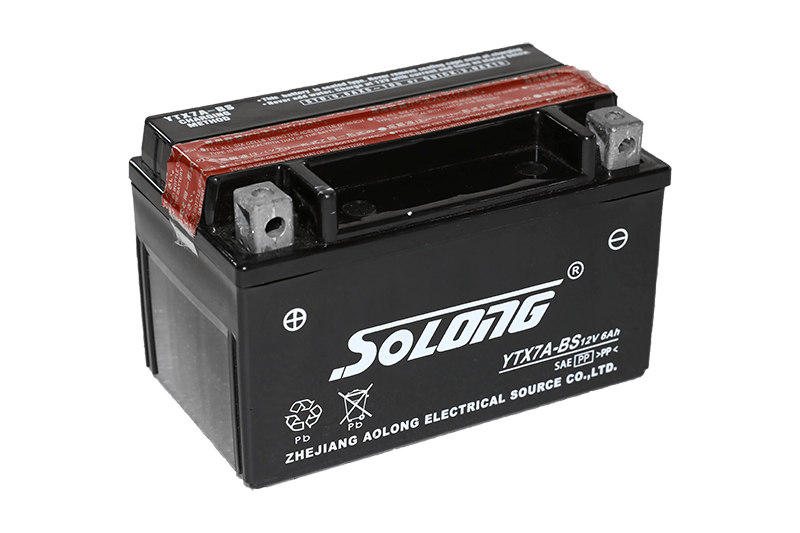

Several factors drive the growth of the global motorcyc […]
Several factors drive the growth of the global motorcycle battery market. The growing number of motorcycles and passenger vehicles, increasing economic standard and the rapid expansion of the automotive industry are some of the key factors. However, strict lead regulations and the entry of battery manufacturers from overseas hamper the growth of the global motorcycle battery market.
There are three main types of motorcycle batteries: gel, lead-acid and lithium. The leading battery technology used in today's motorcycles is lithium-based. In addition, the use of semiconductor devices in the batteries is likely to increase its longevity.

Gel motorcycle batteries are leakproof and have a high output. They do not require topping up or frequent inspection. These batteries are hermetically sealed during the manufacturing process.
Lithium-Ion motorcycle batteries are made up of three or four Li-ion cells. These cells are connected in series for a 12-volt battery. The Cathode of these batteries is usually made of Lithium Ferrous Phosphate. These batteries move lithium ions from the Cathode to the Anode during discharge.
AGM (Absorbed Glass Mat) motorcycle batteries are sealed. They have a separate absorbent glass mat between the positive and negative plates to prevent acid from flowing through the battery. The AGM Separator ensures leakproof operation.
Lead-acid batteries are also known as conventional batteries. These batteries have six cells, each with lead-plates immersed in a sulphuric acid solution. These batteries have a vent hose in case of overcharging. They are highly reliable and can withstand significant abuse. These batteries are almost 100 percent recyclable.